Photo

Two couples in an automat, 1923.
Photo: Underwood Archives via Fine Art America
354 notes
·
View notes
Photo
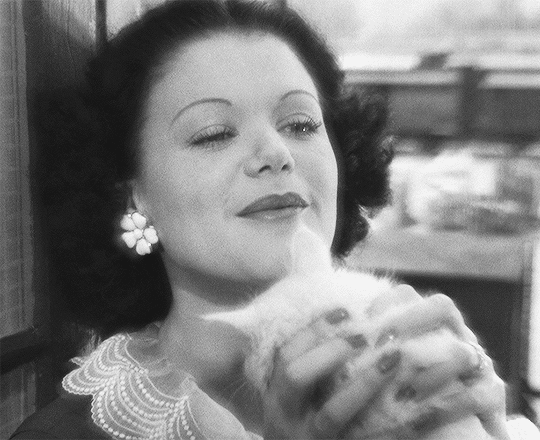
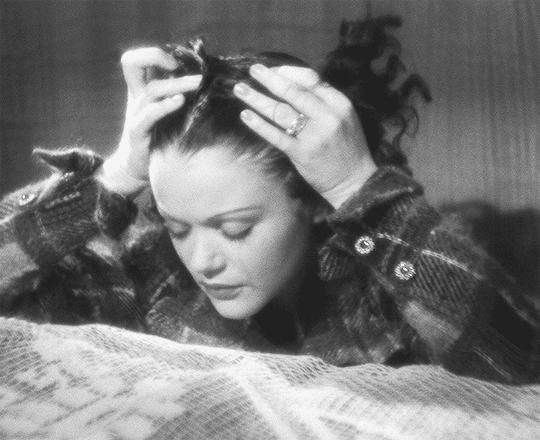


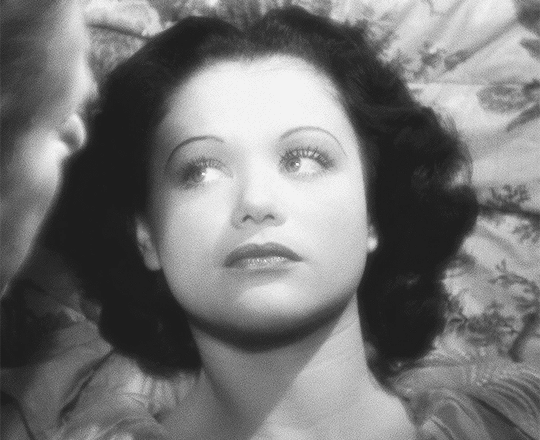
When you’ve experienced all the disgusting things I knew as a young girl, it’s madness to hope for a true love of your own.
Simone Simon as Séverine Roubaud in La Bête Humaine (1938)
882 notes
·
View notes
Photo
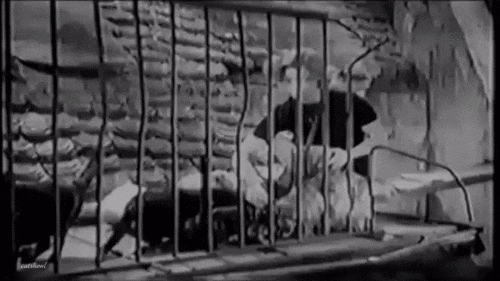


“Seventh Heaven”, 1937 with Simone Simon and James Stewart.
17 notes
·
View notes
Text
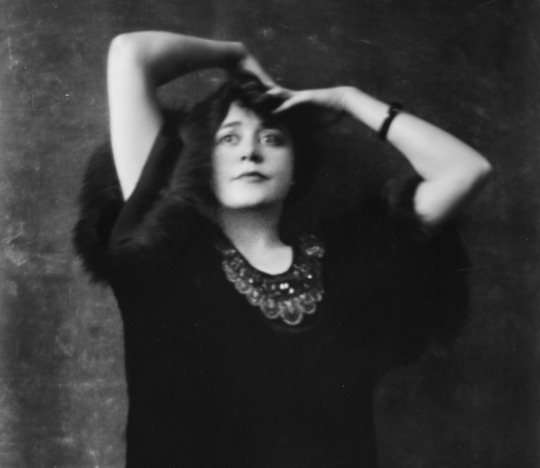
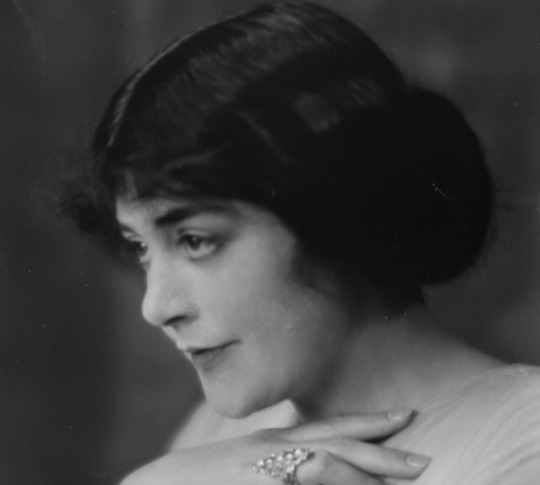
Actress Virginia Pearson photographed by Arnold Genthe, 1915
54 notes
·
View notes
Text
17K notes
·
View notes
Video
youtube
Today in history, April 20, 1914, we remember the Ludlow Colorado Massacre where militias & National Guard (with a pay cheque from the mine owner) opened fire with a machine gun and set the tents of striking workers’ families on fire. 20 people were murdered including 13 children and 2 women who had taken shelter in a hole dug under the tent to escape the bullets, but were killed when the fire roared over the tent above them.
25 notes
·
View notes
Photo
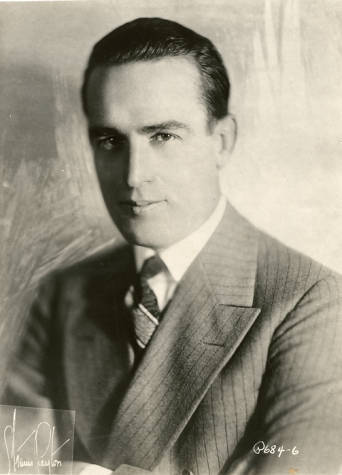
Happy birthday, Mr. Harold Lloyd, April 20,1893. Photographed by Strauss Peyton in 1928.
13 notes
·
View notes
Photo

On this day, 20 April 1914, the Ludlow massacre took place when US troops opened fire with machine guns on a camp of striking miners and their families in Ludlow, Colorado.
12,000 miners had gone out on strike the previous September against the Rockefeller family-owned Colorado Fuel and Iron Corporation (CF&I) following the killing of an activist of the United Mine Workers of America (UMWA).
They then demanded better safety at work, and to be paid in money, instead of company scrip (tokens which could only be redeemed in the company store).
The Rockefellers evicted the striking miners and their families from their homes, and so they set up “tent cities” to live in collectively, which miners’ wives helped run. Company thugs harassed strikers, and occasionally drove by camps riddling them with machine-gun fire, killing and injuring workers and their children.
Eventually the national guard was ordered to evict all the strike encampments, and the morning of April 20 they attacked the largest camp in Ludlow. They opened fire with machine guns on the tents of the workers and their families, who then returned fire.
The main organiser of the camp, Louis Tikas, went to visit the officer in charge of the national guard to arrange a truce. But he was beaten to the ground then shot repeatedly in the back, killing him. That night, troops entered the camp and set fire to it, killing 11 children and two women, in addition to 13 other people who were killed in the fighting. The youngest victim was Elvira Valdez, aged just 3 months.
Protests against the massacre broke out across the country, but the workers at CF&I were defeated, and many of them were subsequently sacked and replaced with non-union miners. Over the course of the strike 66 people were killed, but no guardsmen or company thugs were prosecuted.
*
Learn about miners’ struggles at this time in West Virginia in our podcast episode 7, available wherever you get your podcasts. https://www.facebook.com/workingclasshistory/photos/a.296224173896073/1698660560319087/?type=3
378 notes
·
View notes
Text
Black cat by Hiroaki (1929)

Takahashi Hiroaki (1871–1945) ~ Cat with a Bell, 1929. Color woodblock print on paper. Publisher: Kaneko Fusui (1897-1978)
Portland Art Museum
Takahashi Hiroaki was the first print designer to collaborate with the publisher Watanabe Shôzaburô to revive the themes and techniques of 19th-century ukiyo-e prints. Between 1907 and 1923, when the Great Kantô Earthquake destroyed both prints and blocks, they produced over…
view & read more on wordPress
125 notes
·
View notes
Text
youtube
Today's taking a walk song, Me Generation by Forgotten Rebels. Still has relevance for today's scene.
1 note
·
View note
Video
youtube
Today in history, April 19, 1904, most of downtown Toronto is decimated by fire. 118 buildings were destroyed in 8 hours of fire.
16 notes
·
View notes
Photo
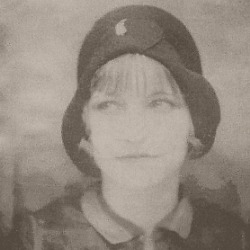
“The Street Girl” …a lost and unpublished poem by Bonnie Parker. Image provided by Michael Riley of Heritage Auction Galleries.
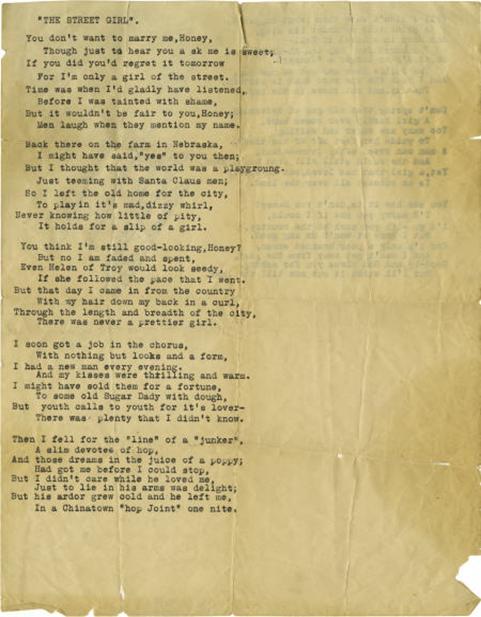

Today in History April 19, 1932. Bonnie Parker is captured in a failed hardware store burglary, and subsequently jailed. A grand jury fails to indict her, however, and she is released a few months later
21 notes
·
View notes
Photo



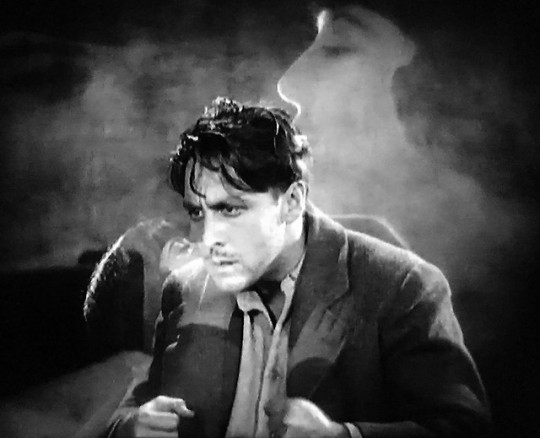
Margaret Livingston and George O’Brien - Sunrise (1927)
184 notes
·
View notes
Photo

Constance Talmadge & friend, The Picturegoer, 1921.
272 notes
·
View notes
Link
Today in history, April 19, 1943, we remember the Jewish Uprising in Warsaw Ghetto, when organized Jewish resistance with the help of the Polish Underground resistance fought back against Nazi liquidation and second round of deportations of Jews in Warsaw. Crucial to the resistance along with the fighters and children who smuggled food and ammunition through the tunnel systems, were the women couriers and messengers. Women who could directly get through the Nazis blockades to pass information and weapons to various resistance groups. Many were found out, stripped and humiliated by having to run naked through the streets before they were shot. We should celebrate their courage as equal to the fighters.
Historian Dr. Emanuel Ringelblum, founder of the Oneg Shabbat project chronicling the Warsaw Ghetto, which became the most important archive created during the Holocaust, mentioned in his writing that “… the story of the Jewish woman will be a glorious page in the history of Judaism during the present war.”
In May 1942 he wrote: “These heroic girls are in mortal danger every day. Without a murmur, without a moment of hesitation they accept and carry out the most dangerous missions. Nothing stands in their way.”
“Whenever friends form Vilna, Lublin or other cities had to be saved – they took it on themselves. How many times have they seen death eye to eye? How many times have they been arrested, how many times have they been searched?” he wrote.
15 notes
·
View notes
Photo

On this day, 19 April 1943, the Warsaw ghetto uprising broke out in earnest when Jewish people fought back against Nazi attempts to deport them to the Treblinka extermination camp.
2000 German troops and police backed up with tanks entered the ghetto with the intention of removing the surviving residents, and were met by around 750 resistance fighters with a small number of smuggled small arms and some home-made Molotov cocktails. They forced the Germans to retreat and come back with reinforcements. After several days of failure to overcome the rebels, the Germans began burning down the entire ghetto one building at a time.
Despite this, the resistance managed to hold out against the onslaught for 27 days, killing around 300 Germans. While some fighters managed to escape through the sewers, 7000 Jewish people were killed and another 7000 eventually deported to Treblinka.
Pictured: Warsaw ghetto resistance fighters including Malka Zdrojewicz, right, who survived the death camps. https://www.facebook.com/workingclasshistory/photos/a.296224173896073/1697982713720205/?type=3
247 notes
·
View notes
